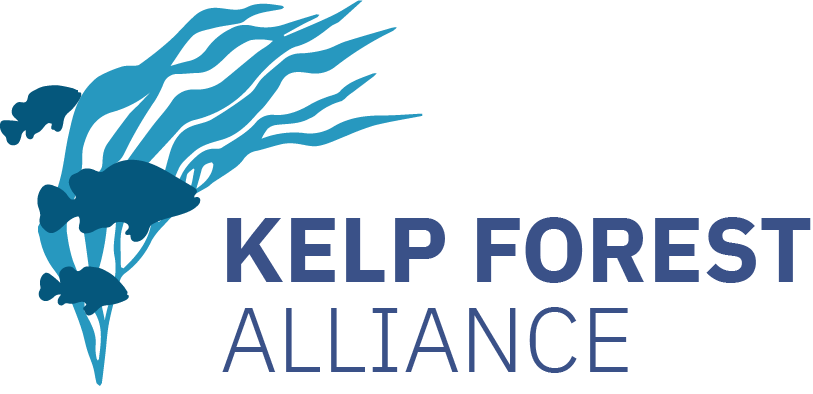Action Summary:
Three rope cultivation methods and one transplantation block method were trialled for Ecklonia cava transplantation. The floating rope methods differed in their connection to the block, and consisted of either a direct connection, polypropylene rope connection or stainless steel wire connection. Seaweed biomass and urchin abundance were measured after two days.
Lessons Learned:
Using a floating rope attached with stainless steel to a block is effective (at least in the short term) in reducing urchin herbivory, compared to rope directly attached to a block, rope attached to a block with polypropylene rope or a seaweed transplantation block.
Project Outcomes:
After two days, 20 urchins were found on both the seaweed transplantation block and on the floating rope attached directly to the block. No sea urchins were found on the floating ropes attached with a stainless steel wire or polypropolene rope. After 2 days, Ecklonia cava biomass was highest on the rope attached with stainless steel wire, with a mean biomass of 992.61g/m. Biomass was lowest in the transplantation block method at 121.85 g/m




